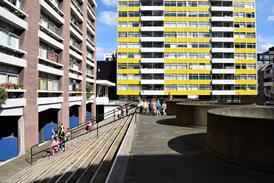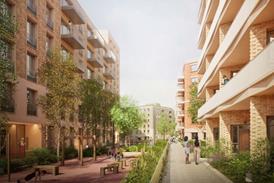- Home
- Intelligence for Architects
- Subscribe
- Jobs
- Events

2025 events calendar Explore now 
Keep up to date
Find out more
- Programmes
- CPD
- More from navigation items
Aukett Swanke replaces Eric Parry on stalled City hotel scheme

Plans for Morley House next to Holborn Viaduct have been in limbo for a decade
Aukett Swanke has replaced Eric Parry on a scheme to demolish a vacant office building in the City of London and replace it with a hotel.
A fresh planning application for the Morley House site next to Holborn Viaduct was submitted last week for hotel operator StayCity and developer Altius.
…
This content is available to registered users | Already registered?Login here
You are not currently logged in.
To continue reading this story, sign up for free guest access
Existing Subscriber? LOGIN
REGISTER for free access on selected stories and sign up for email alerts. You get:
- Up to the minute architecture news from around the UK
- Breaking, daily and weekly e-newsletters
Subscribe to Building Design and you will benefit from:

- Unlimited news
- Reviews of the latest buildings from all corners of the world
- Technical studies
- Full access to all our online archives
- PLUS you will receive a digital copy of WA100 worth over £45
Subscribe now for unlimited access.






